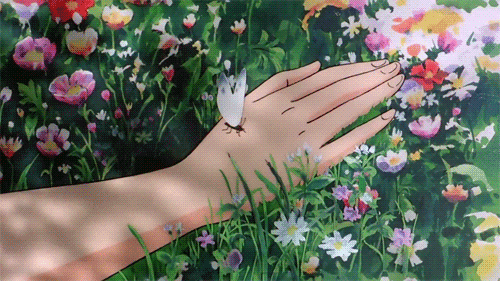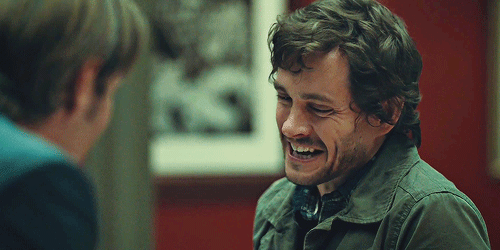Siesta en la vieja Cuba
Havana:
Stroll along the cobblestone streets of Old Havana, where time seems to stand still.
Visit the legendary Capitol and Cathedral Square.
Immerse yourself in the atmosphere of the revolution at Revolution Square.
Cienfuegos:
Visit the "Pearl of the South", known for its picturesque canals and French colonial architecture.
Stroll along the picturesque Prado Boulevard.
Visit the botanical garden, which has more than 2,000 species of plants.
Check-in at the hotel: “Casa Pedro-María”
Places to be visited during the first day:
La Real Fuerza is a fortress in the eastern harbor of Havana, founded in 1577. Initially, it was intended to protect against pirate attacks. La Real Fuerza is the oldest stone fortress in the Americas and is a World Heritage Site as part of Old Havana.
Santa Clara Monastery is located on Cuba Street, south of the Old Square. It is the largest and oldest convent in all of Havana, built between 1638 and 1643. It is currently part of the Old Havana restoration group.
The Havana Cathedral is a Catholic temple in Cuba, in the capital city of Havana, dedicated to the Immaculate Conception of the Virgin Mary. It was built in 1748-1777, in the Baroque style, during the Spanish rule. UNESCO World Heritage Site (1982).
The National Capitol of Havana is one of the most famous buildings in the capital of the Republic of Cuba and a popular tourist attraction. Located on Prado Boulevard, it is one of the most impressive buildings in Latin America. From the outside, the building is very similar to the famous Washington Capitol, where the US Congress sits, and also has similarities with St. Peter's Cathedral in the Vatican.
The Great Theater of Havana García Lorca is the center of the Ballet and the National Opera of Cuba, located in the Center of Havana, on Paseo de Mart. Currently, this building is a large cultural complex with several halls and is one of the most important cultural institutions in Latin America.
The National Museum of Fine Arts of Havana is the main center of art and painting in the country. There are more than 47,000 exhibits in the Palace. The museum is located in the historic center of Havana on Trocadero Street.
Places to be visited:
The "Roma Museum is located next to the colonial square of Plaza de San Francisco de Asis, directly opposite the port of Havana. You don't have to be a drinker to enjoy this museum. Its visit will allow you to immerse yourself in a part of Cuban culture. The museum has an interesting excursion, which reveals the complex process of making rum on ancient machines. The price of the entrance ticket includes a tasting at the end of the tour. The museum also has a bar and shop.
The Tobacco Museum is housed in a building built in the 18th century on Mercaderes Street in Old Havana. The museum is dedicated to the preservation and display of collections related to the planting, processing and commercialization of Cuban tobacco. It features a large collection of pipes, leaves and other related items, as well as a collection of lithographic stones and equipment of important cigar makers.
The Museum of Colonial Art is located in the oldest building of Old Havana - the Palace of the Counts of Casa Bayona - a mansion restored in 1720 by the governor of Cuba. This small museum features an exhibition of colonial furniture and decorative arts, with highlights including porcelain depicting scenes from colonial Cuba, a variety of colonial-era dining room decorations, and a fantastic collection of decorative flowers.
The Museum of the Revolution is located in the historic center of Havana, Cuba. The building, which houses the museum's exhibits, was previously used as the presidential palace. The museum exhibits are devoted to Cuban history, especially the revolutionary events of the 1950s and 1960s. In addition, exhibits related to pre-revolutionary Cuba and the war for independence are stored here.
Napoleonic Museum is a Cuban museum with a large collection of artifacts dedicated to the time and personality of Napoleon. The collection of household objects, paintings, weapons and personal belongings of the emperor is one of the most representative outside the territory of France and is unique in the New World.
Check-in at the hotel: “Hotel Palacio Barón Balbín”
Places to be visited:
José Martí Park declared a national monument, is the central park of Cienfuegos. Inside the park, it is worth seeing the Arc de Triomphe, a very unique structure, the only one in Cuba dedicated to the independence of the country. A marble statue of Jose Marti stands nearby.
The Cathedral of the Immaculate Conception or the Cienfuegos Cathedral is located in front of José Martí Park in the province of Cienfuegos, Cuba. It is an understated neoclassical cathedral that was built in 1869 and features beautiful French stained glass windows.
The Provincial Museum is located in an old Spanish casino, a symbol of wealth. This museum gives a brief account of the history of Cienfuegos. There are collections of antiques, which highlight the furniture of the refined Franco-Cuban society of the 19th century and other objects of decorative art.
The Thomas Terry Theatre declared a National Monument, is located in the historic center of Cienfuegos and is considered one of the most elegant and eclectic buildings in the entire city.
La Reina Cemetery founded in 1837, is the oldest cemetery in Cienfuegos and has the status of a national monument. Spanish soldiers who died in the War of Independence are buried here.
Places to be visited:
Jagua Castle also known as Nuestra Señora de los Angeles de Jagua Castle. It was designed in 1738 during the reign of Philip V to protect the area from attacks by pirates and the British. It was renovated in 2010 and today, in addition to stunning views of the bay, it houses a small museum and restaurant.
Laguna Guanaroca is formed by the Arimao River before it flows into the Bay of Cienfuegos in Cuba. Surrounded by mangroves, this shimmering salt lagoon is a birdwatching paradise. Various trails can be found all around, leading to a viewing platform from which flamingos, pelicans and tokororos can be easily seen. In the lagoon area itself, lemon and pear trees, avocados and guyras grow.
The Thomas Asea Necropolis is considered a "cemetery garden" and is another site classified as a national monument. It is located east of the city on September 5 Avenue. Access is through a huge neoclassical pavilion surrounded by 64 Doric columns that mimic the Greek Parthenon in Athens.
The Botanical Garden of Cienfuegos is located on the outskirts of the city, the area of its territory covers about 97 hectares. There is a wonderful nursery with tropical and subtropical plants, more than 2,000 species and subspecies. It is worth visiting the bamboo plantations, where there are more than 23 different species of this plant; a cactus zone with more than 200 subspecies of cacti, palm plantations with more than 280 varieties of palms, from the Palmera Real (Roystonea Cuban) to the exotic Palmera Alcornoque (Cork Palm)
Return to Havana.

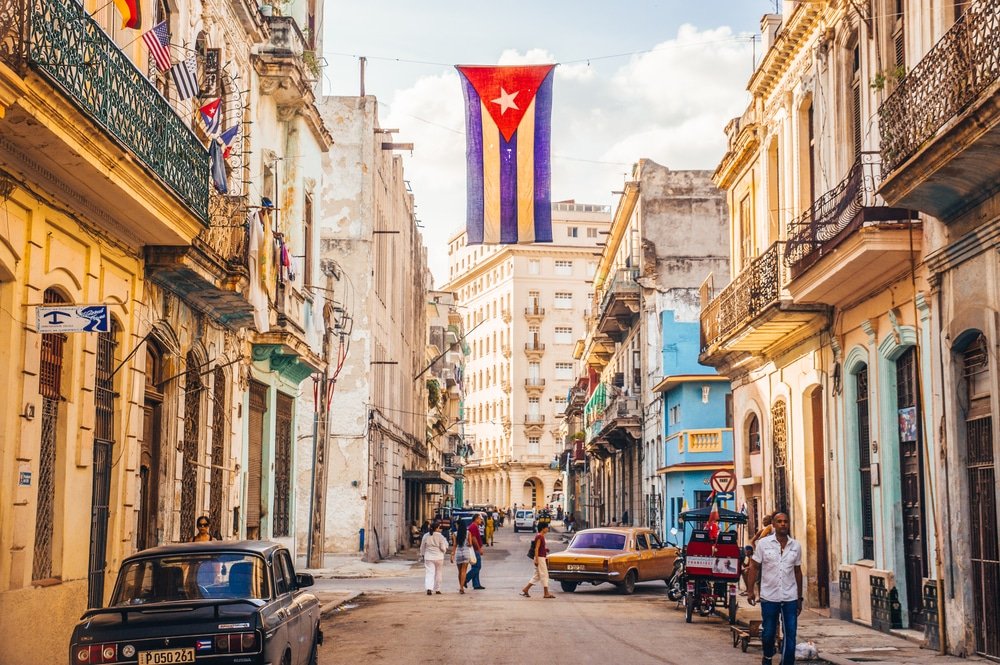
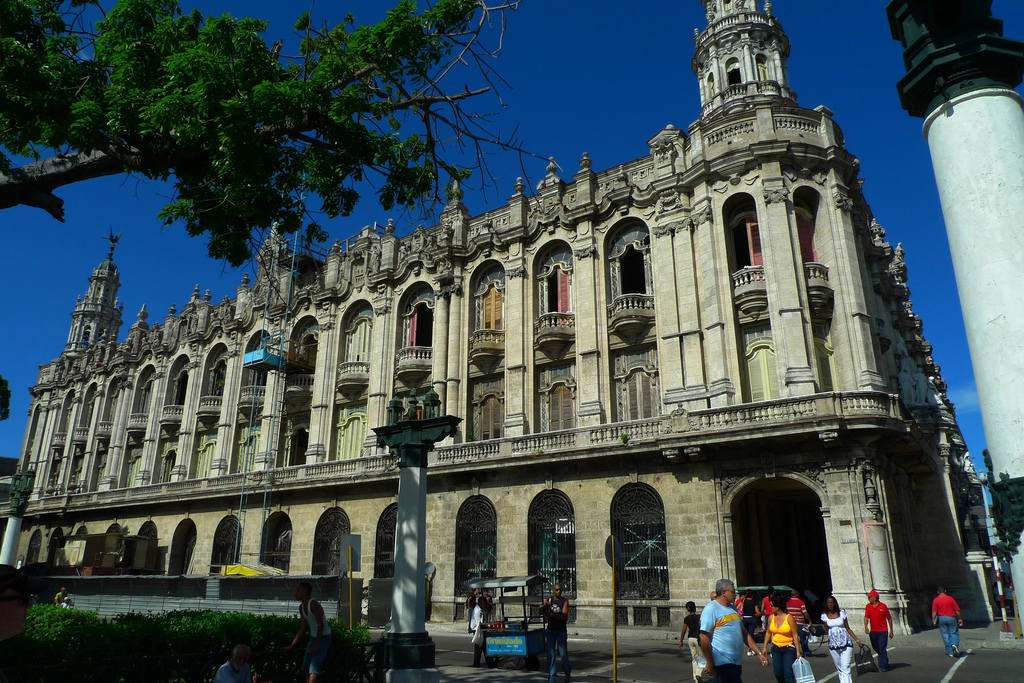
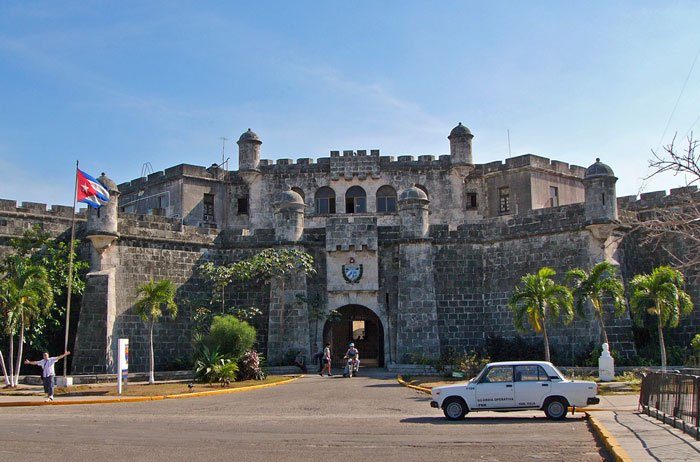
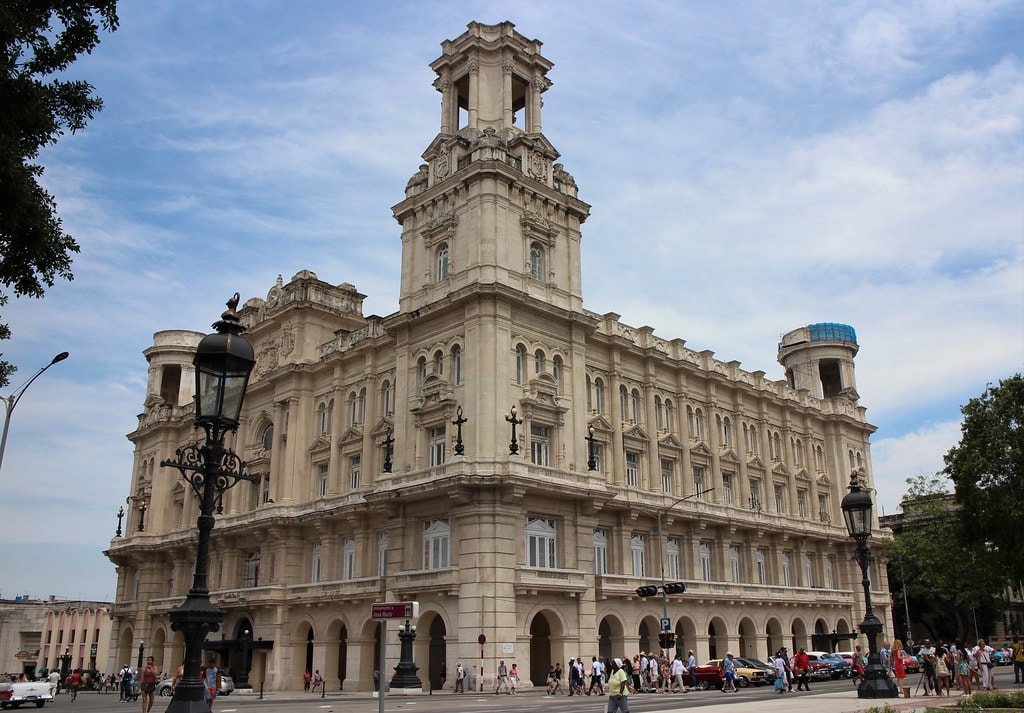
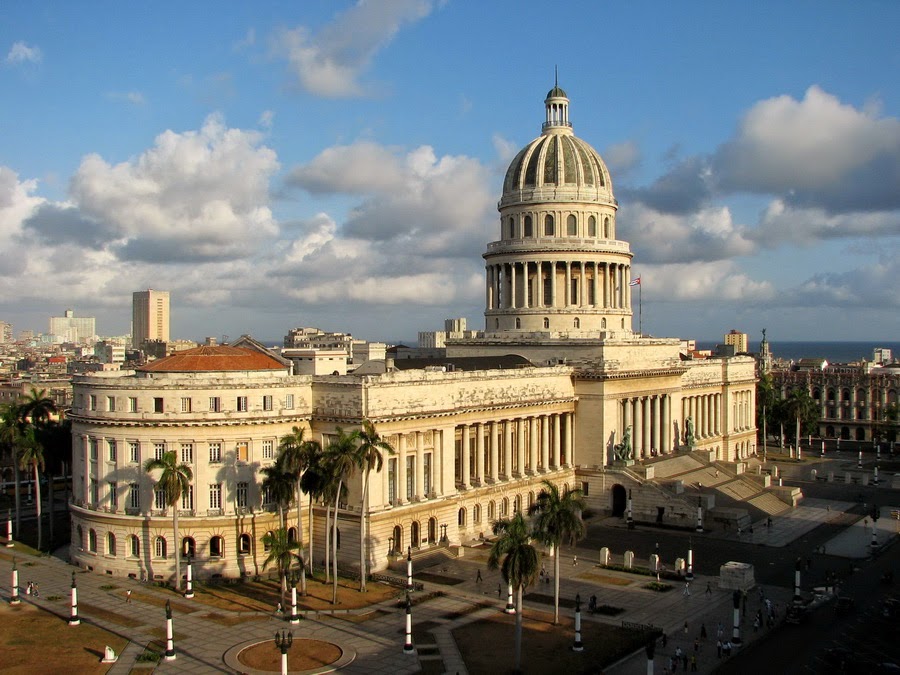
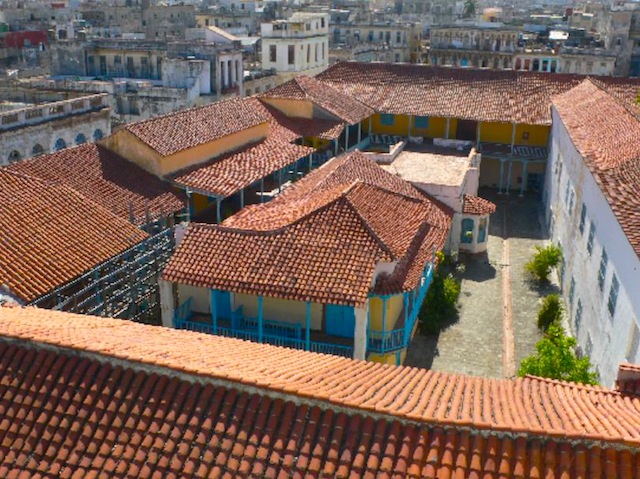
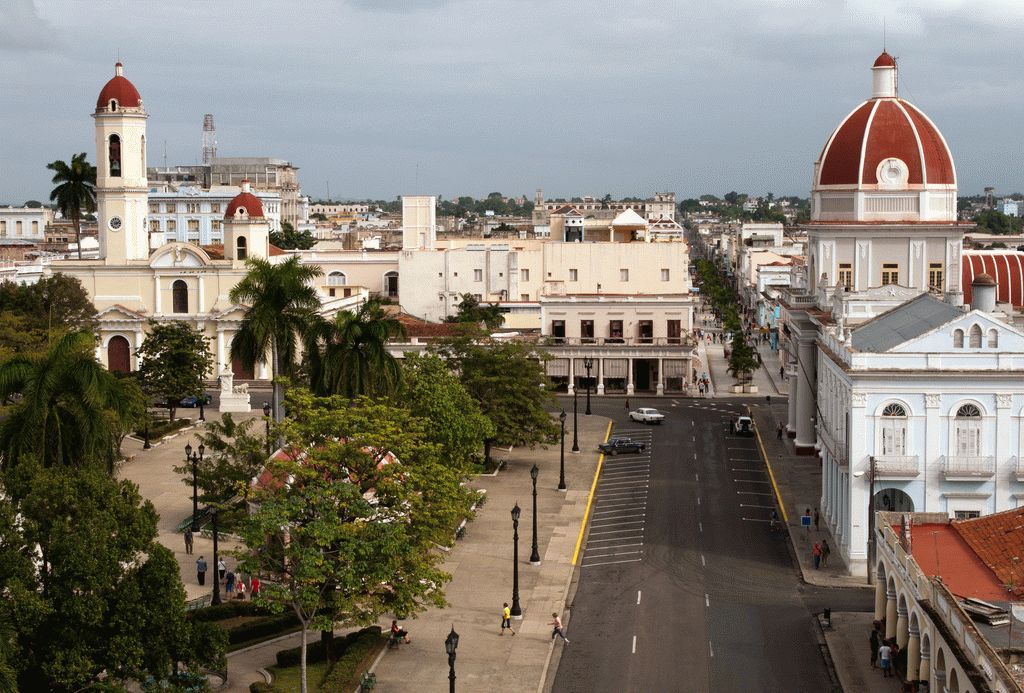
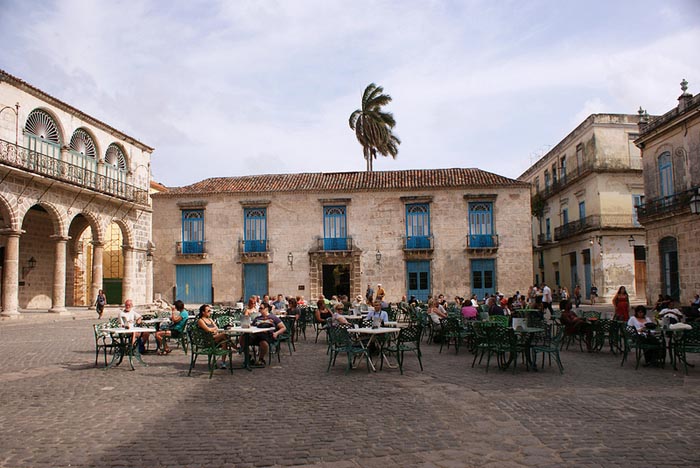
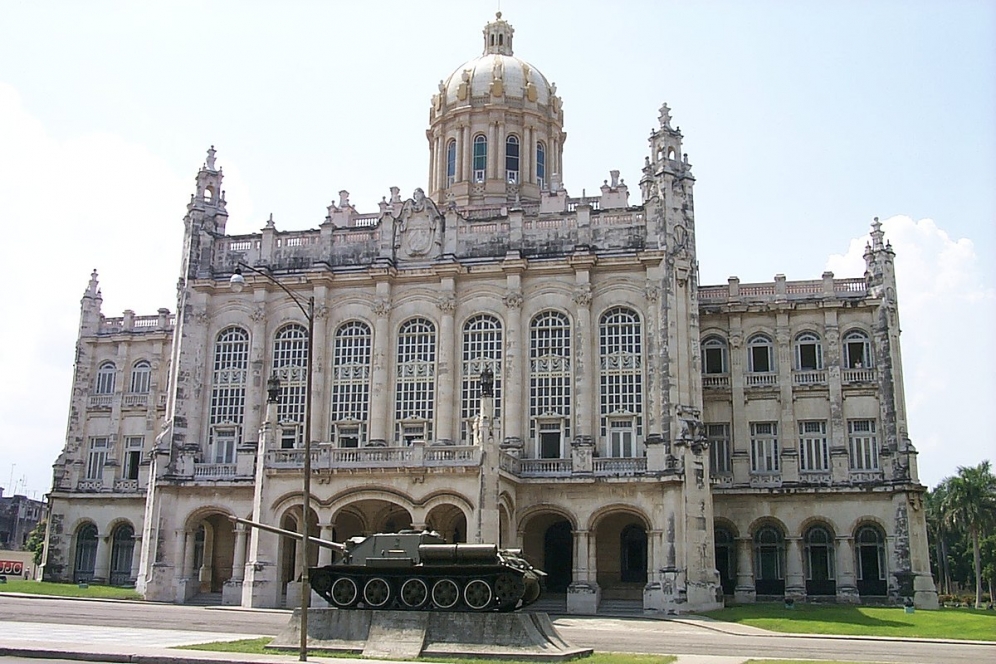
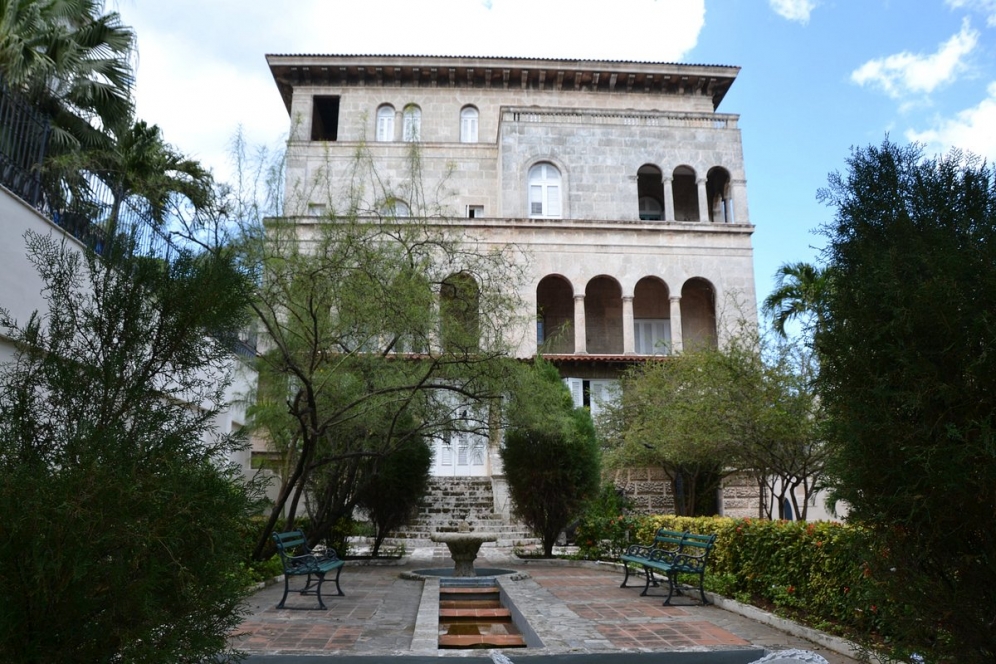
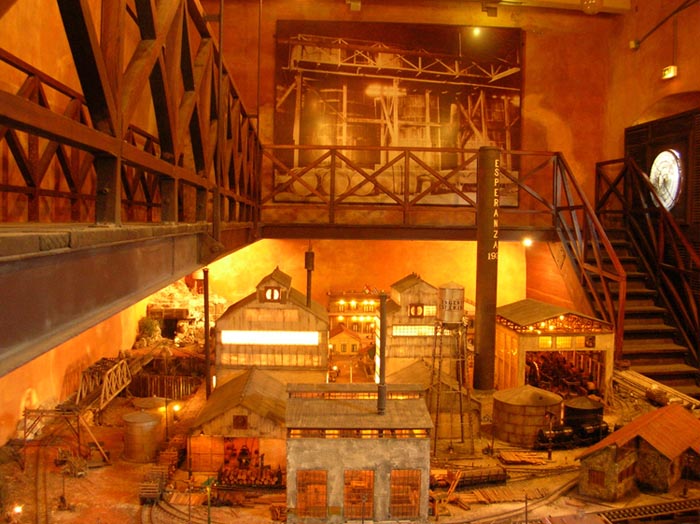
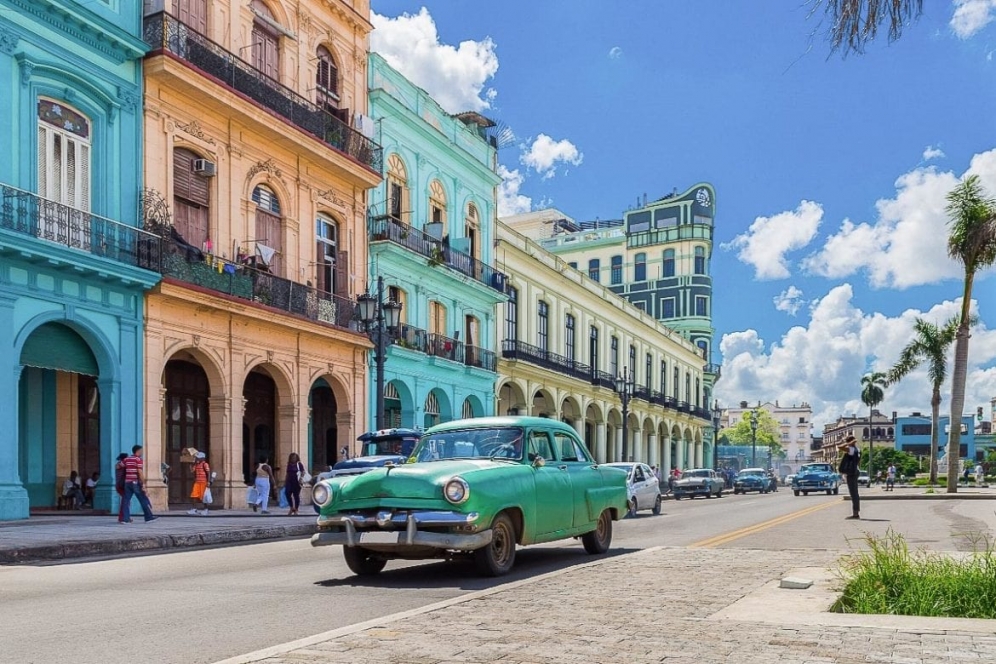
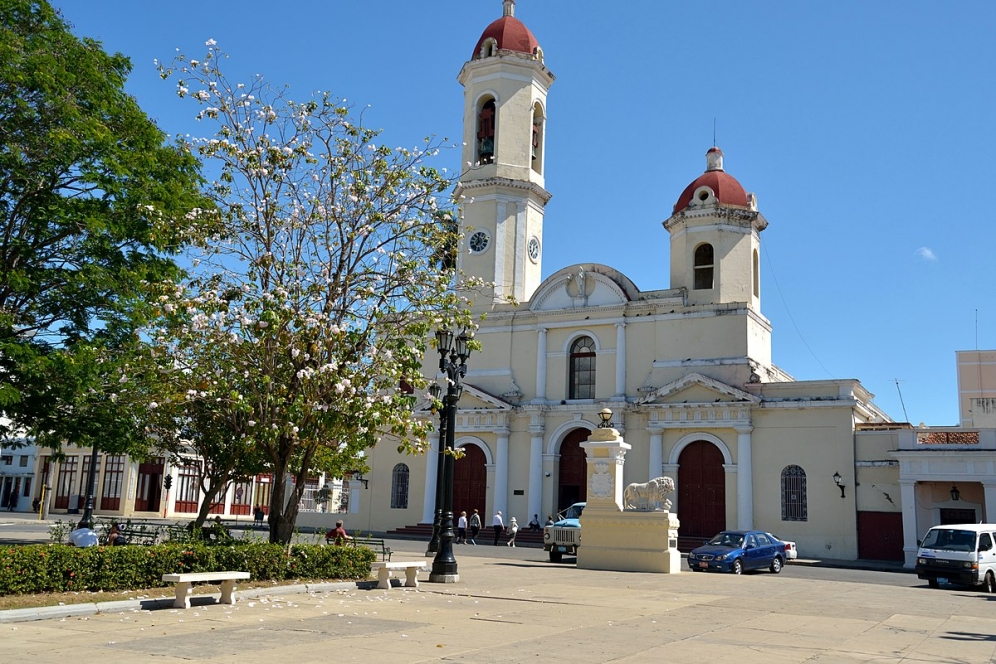
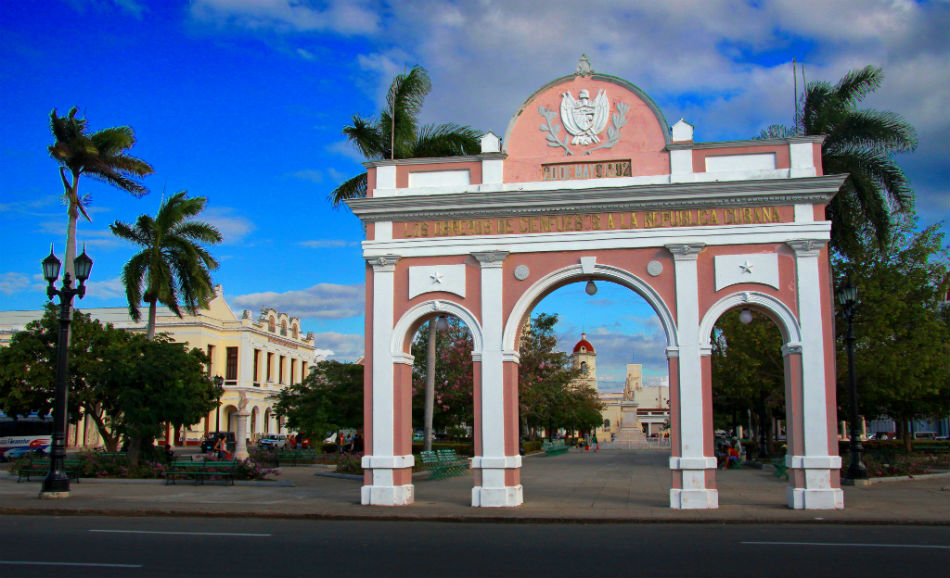
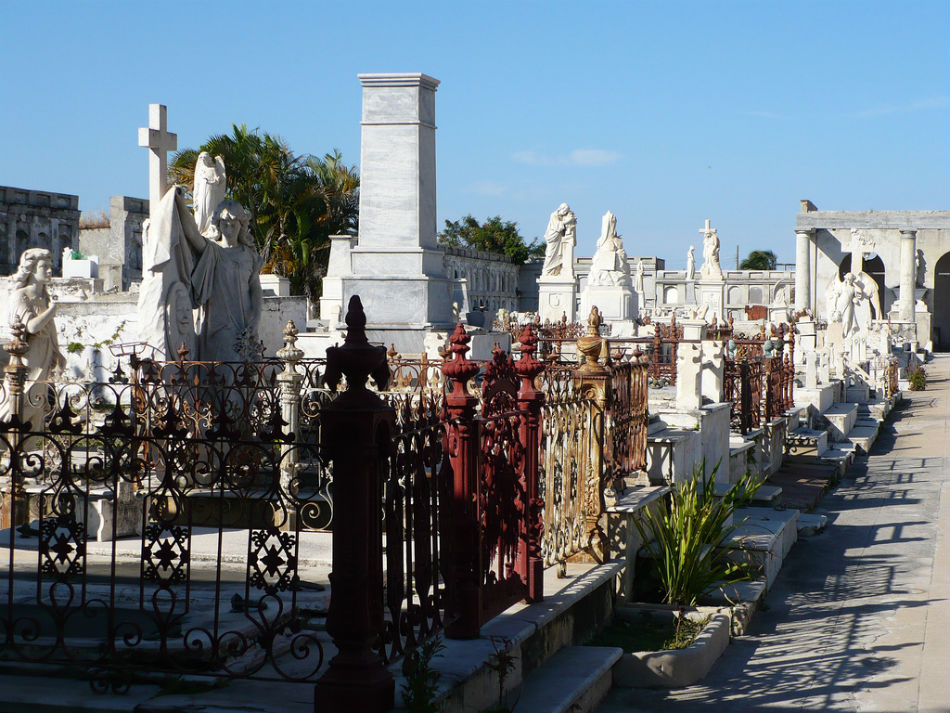
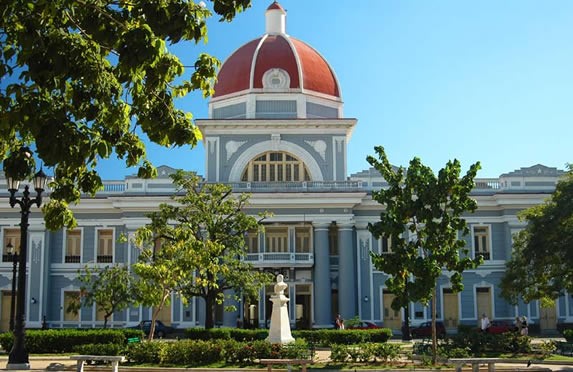
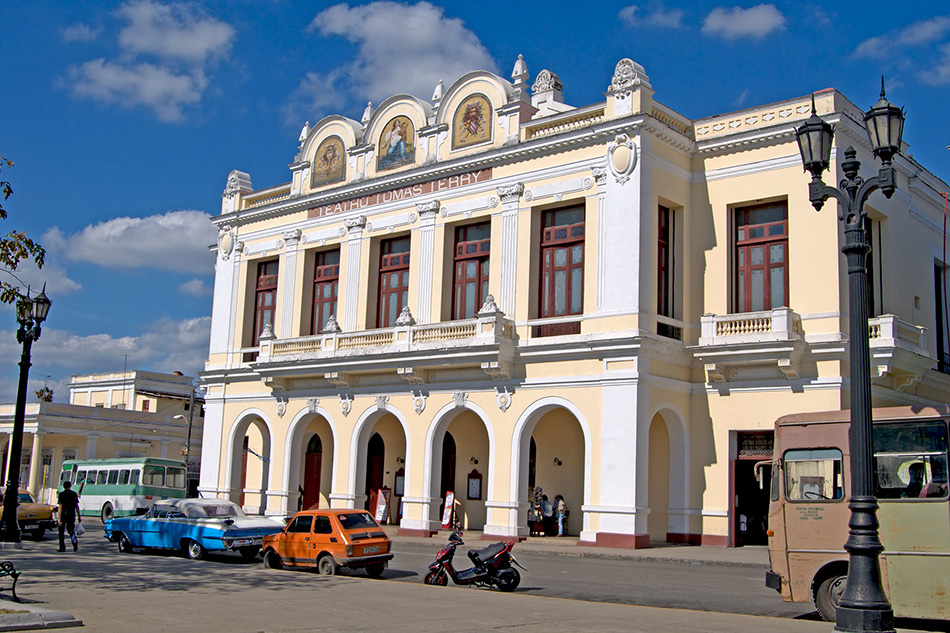
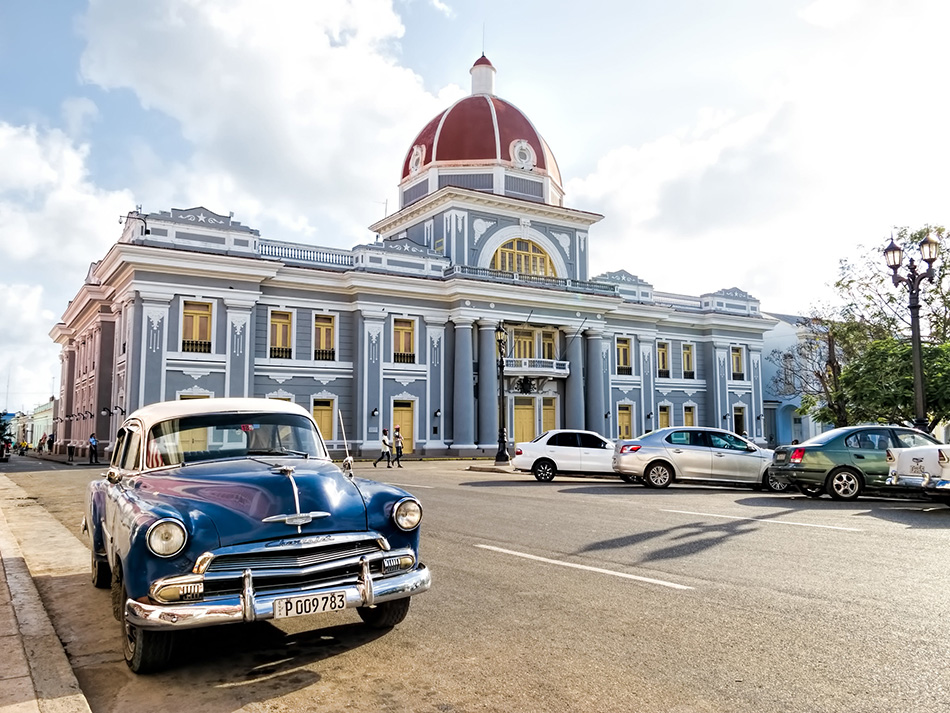
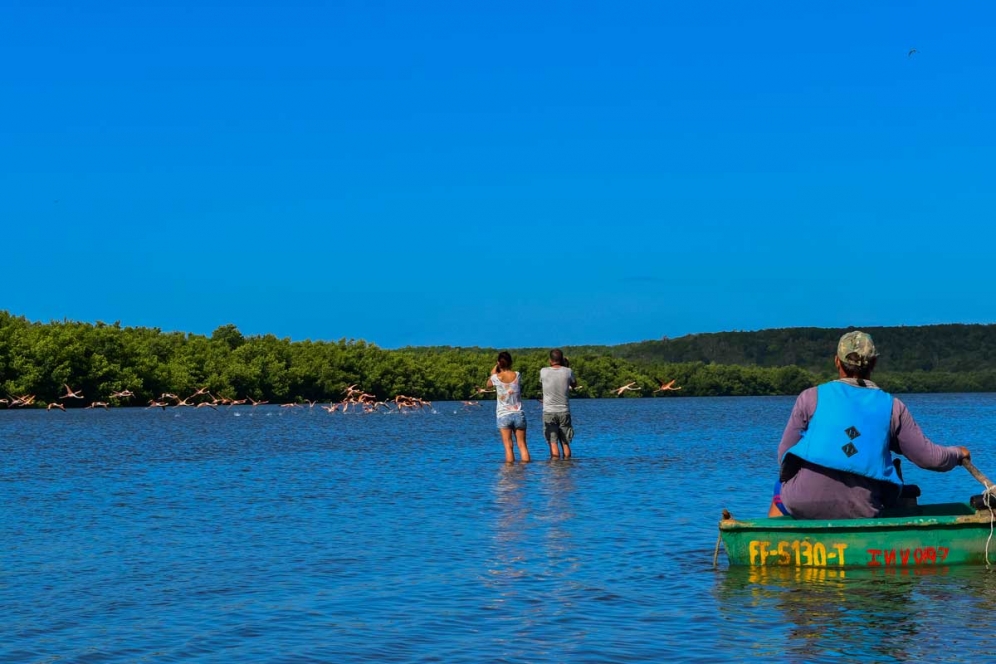
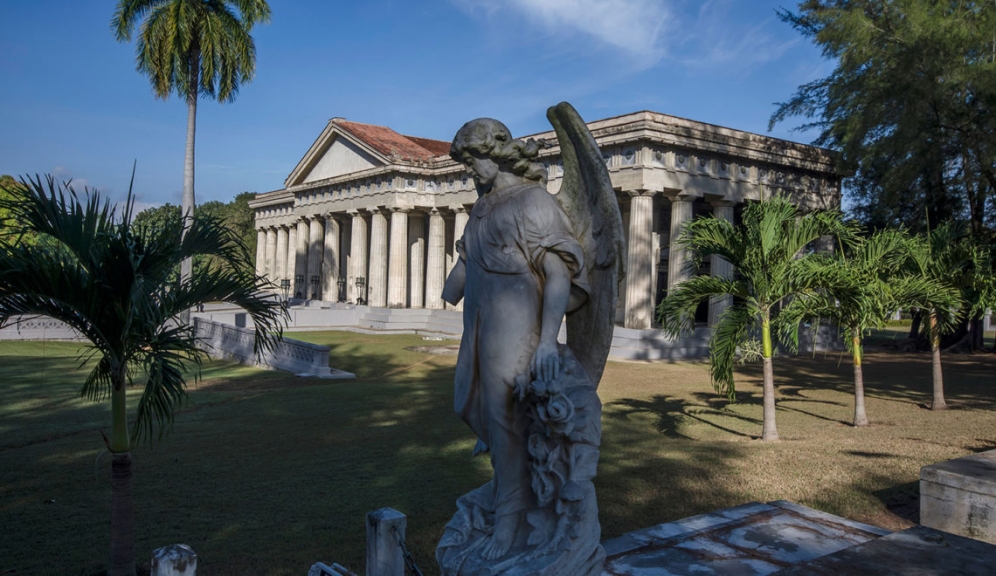
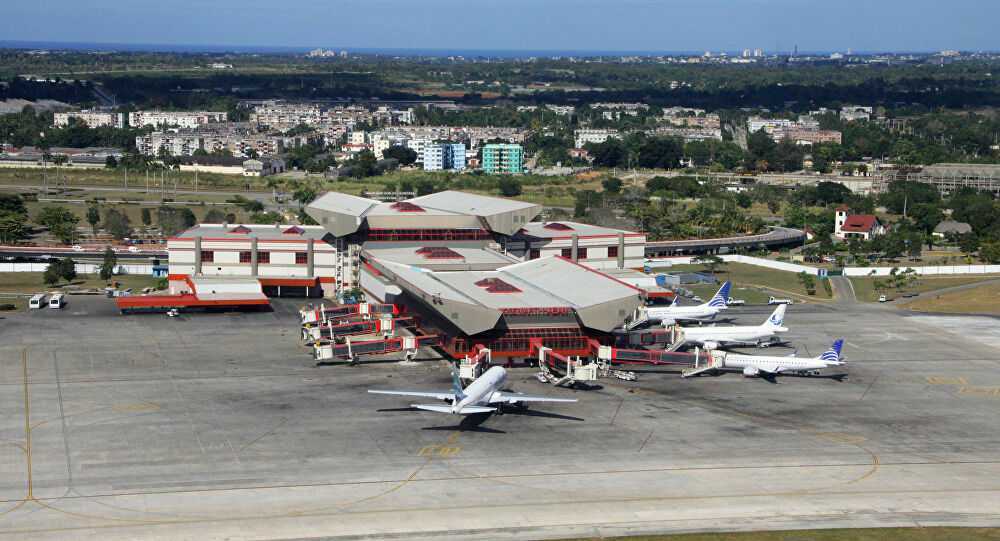


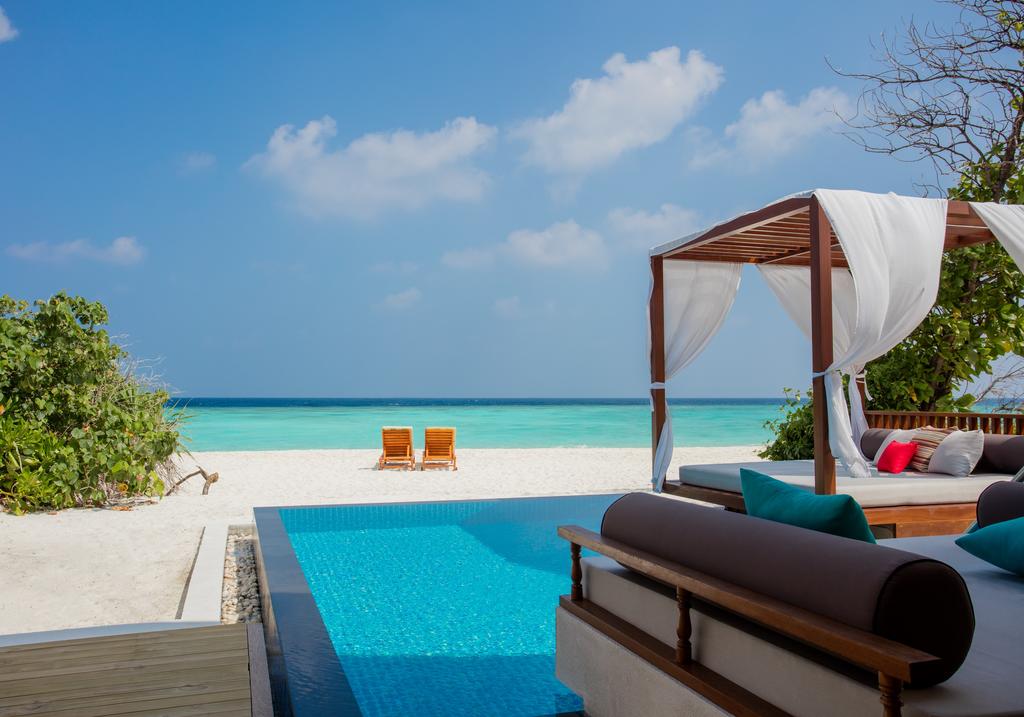
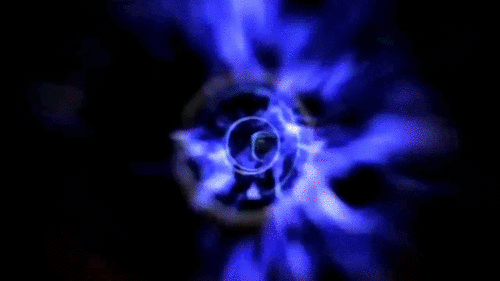
.gif)
